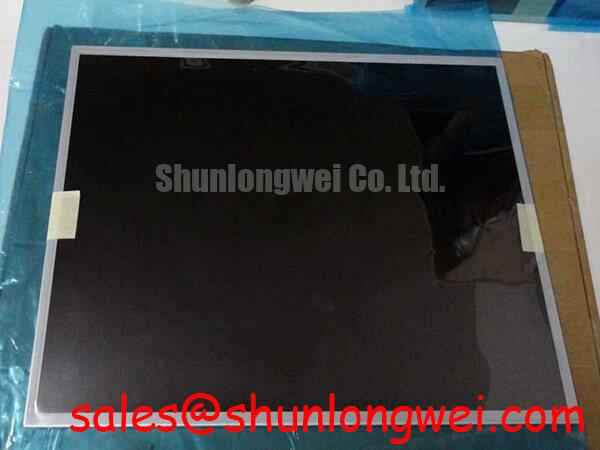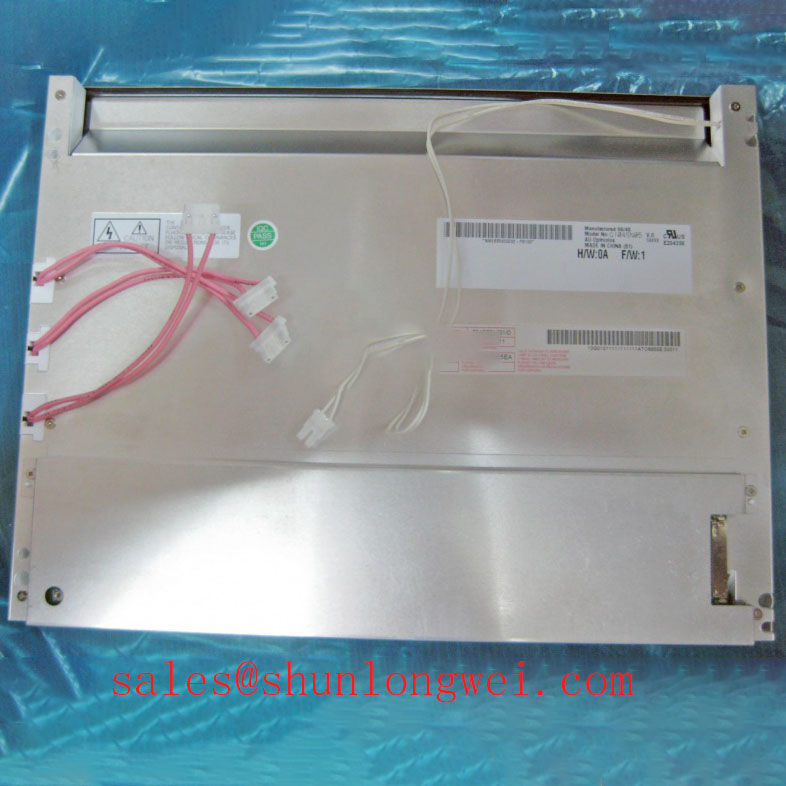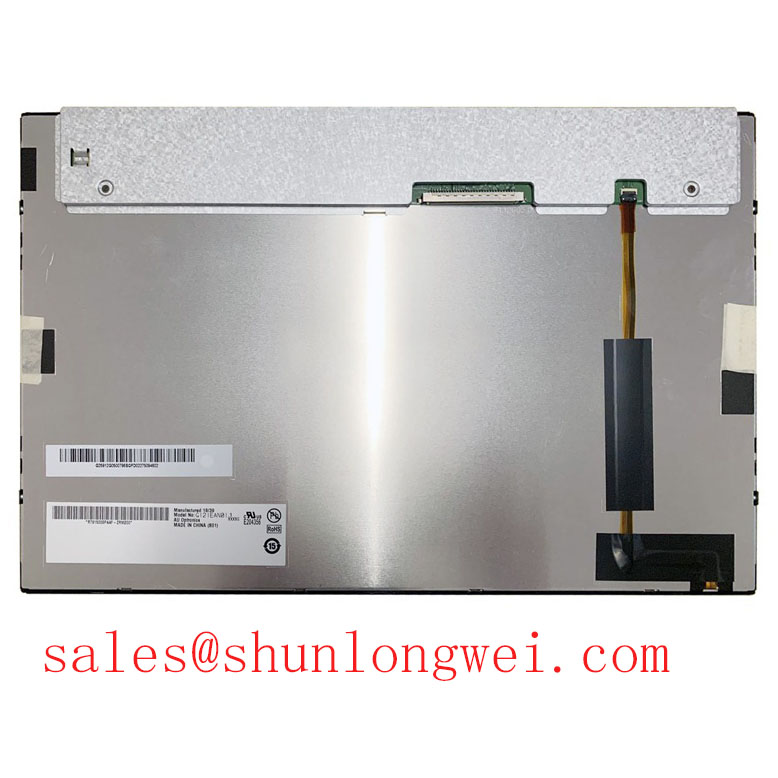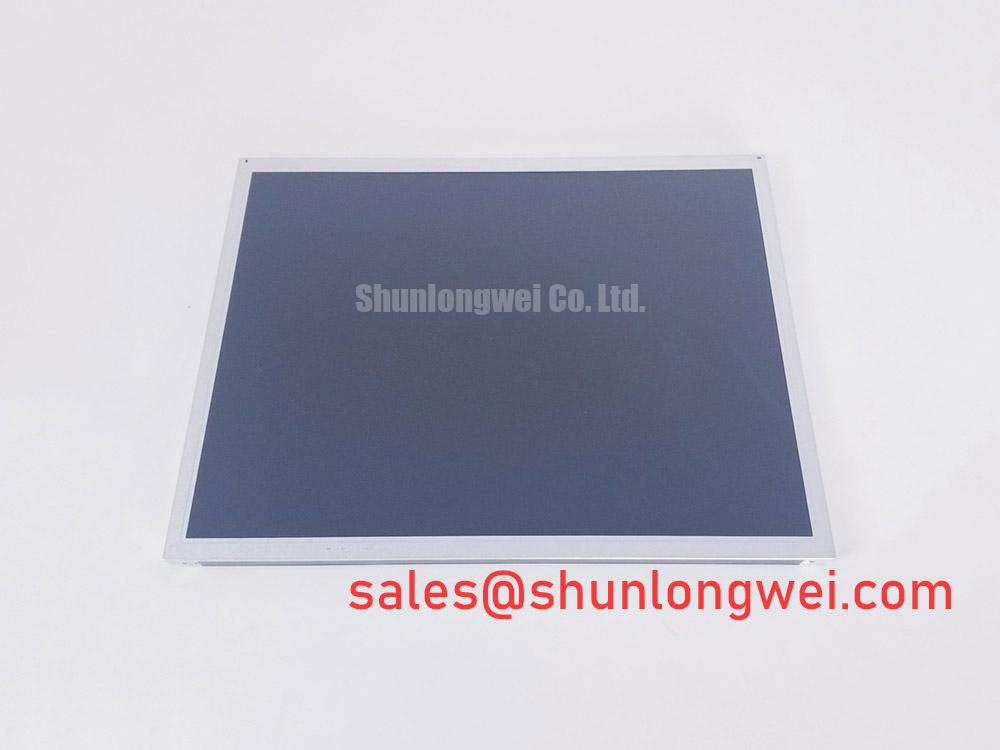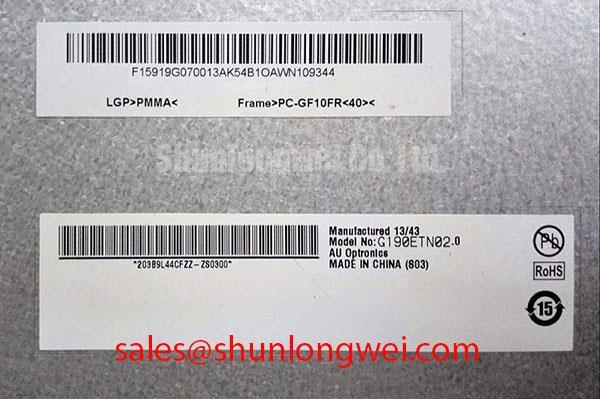Content last revised on November 13, 2025
AUO M190EG02 V0 | Robust 19-inch SXGA Display for Demanding Industrial Applications
The AUO M190EG02 V0 is an industrial-grade 19.0-inch a-Si TFT-LCD module engineered for longevity and consistent performance in environments where standard consumer displays fall short. It delivers a classic 5:4 aspect ratio with an SXGA resolution of 1280 x 1024, a format highly valued for its compatibility with legacy industrial software and HMI layouts. This display is not merely a screen but a critical component designed to ensure operational clarity and reliability in fields such as factory automation, medical imaging, and specialized information kiosks.
Technical Deep Dive: Engineering for Visual Precision
Three core characteristics define the engineering excellence of the AUO M190EG02 V0: its superior contrast, wide viewing angles, and robust interface. Understanding these elements is key to appreciating its value in professional applications.
- High Contrast Ratio: With a typical contrast ratio of 1000:1, this panel provides exceptional differentiation between black and white levels. For an engineer, this translates directly to enhanced data legibility. In a process control HMI, it ensures that subtle changes in graphs or status indicators are immediately apparent, reducing the risk of misinterpretation. For medical diagnostic equipment, it allows for the clear visualization of fine details and gradations in grayscale images.
- Consistent Wide Viewing Angles: The M190EG02 V0 offers impressive viewing angles of 85/85/80/80 (L/R/U/D). This is a critical feature for industrial equipment where an operator may not always be positioned directly in front of the screen. It guarantees that color and contrast remain stable across a wide field of view, allowing multiple personnel to view information simultaneously without color shift or data distortion—a vital requirement for collaborative work environments.
- Reliable LVDS Interface: The display utilizes a 2-channel, 30-pin Low-Voltage Differential Signaling (LVDS Interface). This industry-standard interface is renowned for its high noise immunity and ability to maintain signal integrity over longer cable distances, a common scenario within large machinery or control cabinets. This inherent robustness simplifies system integration and reduces susceptibility to the electromagnetic interference (EMI) prevalent in industrial settings.
Key Parameter Overview
This table provides a snapshot of the critical performance metrics for system integrators and design engineers. For a comprehensive list of specifications, you can Download the Datasheet.
| Parameter | Specification |
|---|---|
| Manufacturer | AUO |
| Model Name | M190EG02 V0 |
| Screen Size | 19.0 inch |
| Resolution | 1280(RGB)×1024, SXGA |
| Aspect Ratio | 5:4 (W:H) |
| Luminance | 300 cd/m² (Typ.) |
| Contrast Ratio | 1000:1 (Typ.) |
| Viewing Angle | 85/85/80/80 (Typ.)(CR≥10) |
| Backlight Type | 4 pcs CCFL |
| Signal Interface | LVDS (2 ch, 8-bit), 30 pins |
| Operating Temperature | 0 ~ 50 °C |
Application Scenarios and Value Proposition
The specific design choices of the M190EG02 V0 make it an ideal solution for several key industrial sectors. Its performance directly addresses common pain points in these applications.
- Industrial Automation & HMI: The 5:4 aspect ratio is perfectly suited for retrofitting or designing control panels that run established software interfaces, avoiding costly redesigns. Its durability and reliable performance ensure maximum uptime on the factory floor.
- Medical Diagnostic Displays: The high contrast and consistent viewing angles are non-negotiable for applications like patient monitoring systems or non-diagnostic imaging stations where multiple clinicians need to view data accurately from various positions around a device.
- ATM and Public Kiosks: The 300-nit brightness combined with an anti-glare surface treatment ensures readability in the variable lighting conditions of public spaces. The panel's robust construction is well-suited for high-usage public-facing applications. For a deeper understanding of various display technologies, explore The Ultimate Guide to TFT LCD.
Comparative Analysis and Selection Guidance
When selecting a 19-inch display, engineers often consider alternatives. A relevant comparison is the G190ETN01.4, another capable 19-inch panel. The key differentiator lies in the resolution and aspect ratio. The M190EG02 V0 features a 1280x1024 SXGA resolution in a 5:4 format, making it the superior choice for applications built around this traditional square-like layout. In contrast, the G190ETN01.4 offers a 1280x1024 resolution but may have different characteristics, such as an LED backlight, which could offer lower power consumption and a longer lifespan. The choice is application-driven: for seamless integration with legacy systems, the M190EG02 V0 is the clear engineering choice; for new designs prioritizing power efficiency, an LED-backlit alternative might be considered.
Frequently Asked Questions
Is the CCFL backlight a disadvantage for new system designs?
While LED backlights are now more common due to their lower power consumption and longer lifespan, CCFL technology is a mature and highly reliable solution. For many industrial applications focused on component stability and proven performance, the CCFL backlight in the M190EG02 V0 provides excellent brightness uniformity and a well-understood performance curve. It is an ideal choice for long-term product cycles where qualifying a new backlight technology is not desirable. If you are designing a system from the ground up where power is a primary constraint, exploring our wide range of industrial LCD displays with LED backlights is recommended.
How does the 5:4 aspect ratio impact HMI design?
The 5:4 aspect ratio provides a more vertically oriented screen space compared to widescreen formats like 16:9. This is highly advantageous for SCADA and HMI applications that display vertical process flows, long data logs, or complex control menus. It allows for a more efficient use of screen real estate without excessive scrolling, which can be critical for operator efficiency and safety. For any specific integration challenges or questions, please contact our technical team for expert guidance.

